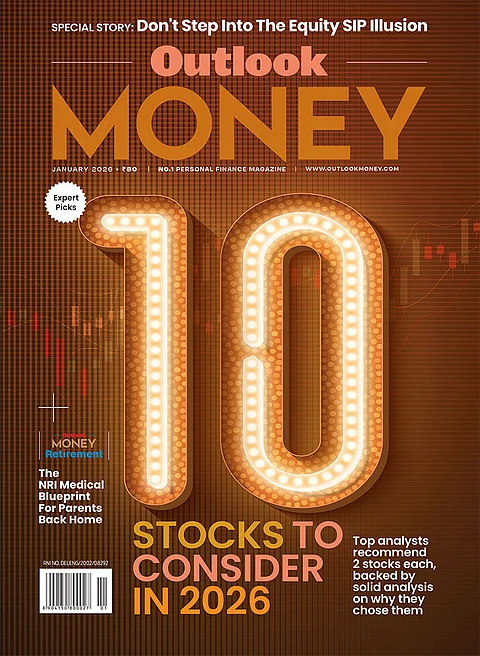Pallav Kumar, email
I have Rs 2 lakh in surplus cash. The market is now reviving, but the trade policies remain uncertain globally. Given this scenario, should I invest now or should I wait for 3-4 months?
For a long-term goal, this is a good time to deploy the funds. This asset class is likely to offer significantly higher post-tax real returns over the long term. Timing the market is nearly impossible, so it’s better to stay invested rather than wait for the “right” moment.
Global events will continue to impact markets in the short term, these fluctuations tend to even out in long term. If you stay invested, short-term volatility won’t matter even if you invest the entire corpus as a lump sum.
Recent sharp corrections were followed by quick recoveries, leaving many investors waiting on the sidelines. This pattern has been observed repeatedly in the past 25 years. Trying to time the market often results in missed opportunities.
However, if you’re still unsure about investing the entire amount at once, consider using a systematic transfer plan (STP) to deploy the funds gradually over the next three months.
Shruti Singh, email
I plan to invest Rs 20,000 per month for my seven-year-old son’s higher education. Should I put the entire amount in equity mutual funds or open a Public Provident Fund (PPF) in his name?
Investing Rs 20,000 per month through a systematic investment plan (SIP) in equity mutual funds is a more effective way to build a corpus than opting for PPF. When planning for long-term goals, it is essential to consider inflation. At present, PPF returns are slightly above inflation.
For instance, if the present cost of a 4-year higher education course is Rs 20 lakh, it could rise to around Rs 75.94 lakh in 14 years, assuming education inflation at 10 per cent.
If you invest Rs 20,000 monthly in PPF at a 7.1 per cent return for 11 years (when your son turns 18), the corpus would be approximately Rs 40.07 lakh. In comparison, investing the same amount in equity mutual funds at an assumed rate of 12 per cent could grow to Rs 54.92 lakh.
Extending the investment to 14 years, PPF would accumulate around Rs 57.60 lakh, while equity mutual funds would generate roughly Rs 87.28 lakh—a difference of nearly RS 30 lakh. Also, PPF has a 15-year lock-in. Withdrawals before maturity are limited and allowed only under specific conditions.
For your long-term goal, equity is more suitable. However, as the goal approaches, you should gradually shift investments from equity to hybrid or debt mutual funds.
Suhel Chander, CFP® Handholding Financials
Tarun Kumar email,
What is the difference between Nifty 50 index fund and Nifty 50 equal weight fund? Which one should I opt for my long-term goal?
Both funds are passive investment options that track the Nifty 50, but they differ in how they allocate weights to the constituent stocks.
The Nifty 50 index fund follows a market-cap-weighted approach. So, larger companies have a greater influence on its performance. As a result, their returns closely mirror the broader large-cap market. These funds generally come with lower volatility and a lower expense ratio, making them popular among passive investors looking for stable, low-cost options.
In contrast, the Nifty 50 equal weight fund assigns a 2 per cent weight to each of the 50 stocks, regardless of the company size, giving equal importance to all constituents, including mid-sized companies. Historically, they have delivered slightly higher long-term returns, with volatility. They require periodic rebalancing to maintain equal weightage, which can lead to higher transaction costs and expense ratio.
Over a 10-15-year period, equal weight funds have sometimes outperformed their counterparts. However, they may underperform during bull runs or downturns.
Choose index funds for stability and lower volatility, and equal weight funds if you are seeking broader diversification and are comfortable with higher risk for potentially better long-term returns.
Uma S. Chander CFP® Handholding Financials













